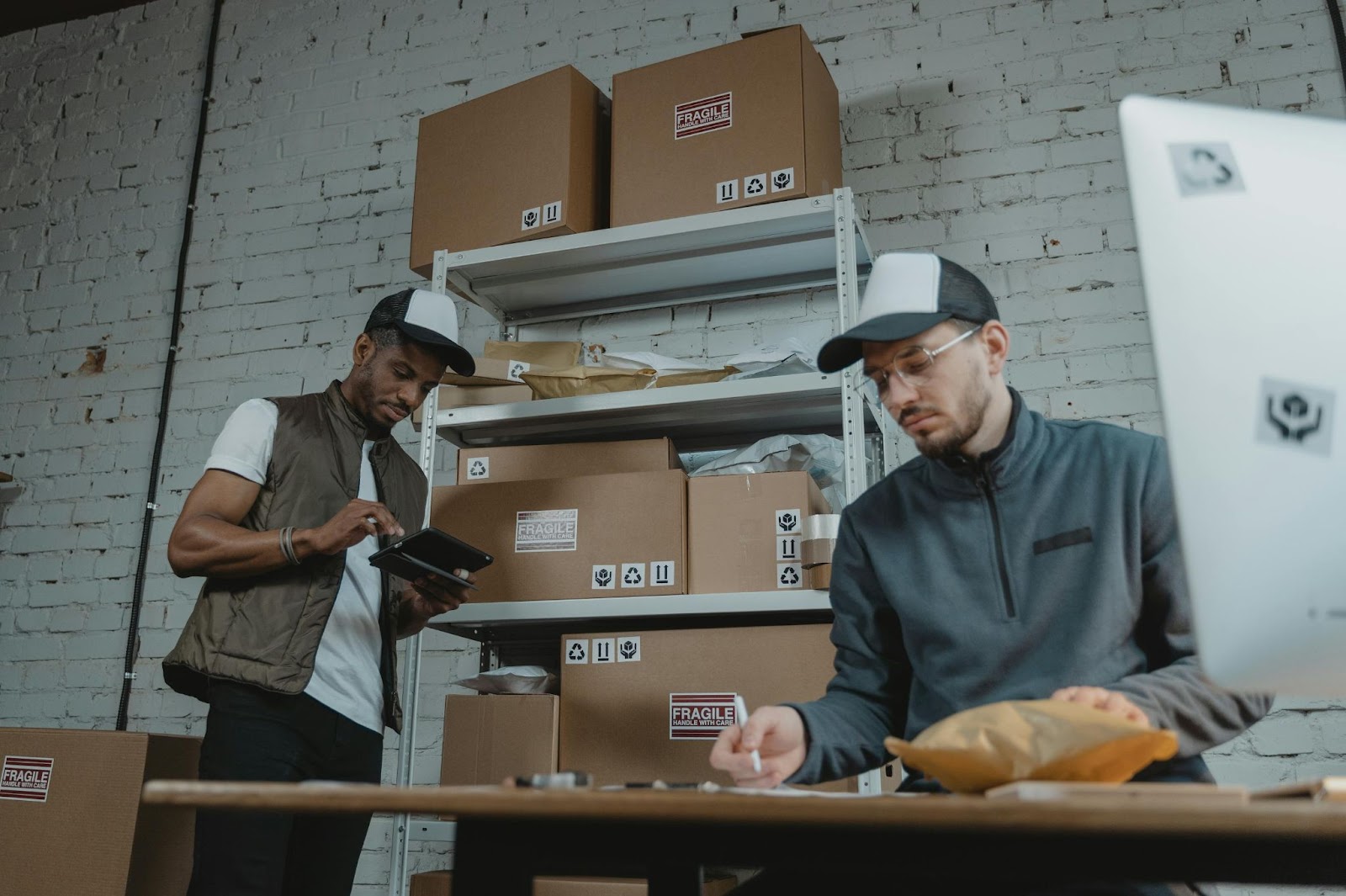Even in a society that is becoming more inclusive, accessibility for the Deaf community is still frequently disregarded in the retail sector.
Even though a lot of companies have made progress in providing accessibility for people with different kinds of disabilities, the particular requirements of Deaf people are frequently overlooked.
This oversight affects their shopping experience and, consequently, their consumer rights by erecting a barrier that prevents them from participating fully in retail environments.

The Importance of Effective Communication
For Deaf people, communication barriers are the main obstacle in retail environments.
Conventional customer care approaches usually depend on spoken communication, which does not accommodate customers who are Deaf and utilize sign language or other nonverbal communication techniques.
This discrepancy may cause Deaf customers to struggle to get assistance or information about goods and services, which can cause misunderstandings and frustration.
Retailers must use different communication tactics to overcome these obstacles. Using visual aids, video relay services, and basic sign language training for staff members can all greatly enhance communication.
These kinds of actions not only make shopping more enjoyable for Deaf consumers, but they also help to create a more welcoming atmosphere that honors their preferred modes of communication.
The Role of Technology in Enhancing Accessibility

In retail settings, technology is essential for bridging the communication gap.
Modern tools are being used by many retailers to help their Deaf customers.
To enable real-time interactions, point-of-sale systems can be integrated with text-based communication options like SMS or live chat.
Digital kiosks featuring visual interfaces and touchscreens also provide Deaf people with an easy-to-use method to independently complete transactions and obtain product information.
Using apps made especially for Deaf users is another innovative technology.
These applications can store data, offer real-time support, and even enable video chats with customer care agents who are sign language interpreters.
Retailers can guarantee that Deaf customers have a seamless shopping experience and increase the accessibility of their services by utilizing these technologies.
Improving Store Layout and Signage
In retail, accessibility encompasses not just communication but also the physical design and signage of stores.
Clear and conspicuous signage is necessary for Deaf people to successfully navigate retail spaces.
This covers store policies and emergency procedures in addition to product labels and directions.
By making sure that signage is aesthetically pleasing and employs symbols that are widely understood, retailers can increase accessibility.
Deaf consumers can also find what they need more quickly by employing digital displays and placing information in high-traffic areas strategically.
Retailers can improve the overall shopping experience and create a more welcoming environment by designing their stores with Deaf shoppers’ needs in mind.
Training and Awareness for Retail Staff
One of the most important aspects of increasing accessibility for Deaf consumers is staff training.
Retail staff members ought to be knowledgeable about the special requirements of Deaf people and how to communicate politely and successfully with them.
Practical exercises on using assistive technologies, comprehending communication aids, and basic sign language should be part of this training.
Establishing a culture of consciousness in the retail setting is also crucial.
Retailers should urge employees to see accessibility as a primary priority rather than as an afterthought.
Retailers can ensure that customers have a more inclusive and supportive shopping experience by creating an environment where all employees are knowledgeable about and sympathetic to Deaf customers.
Legal and Ethical Considerations
From a legal standpoint, disability rights laws require retailers to give equal access to their services.
These laws, which are prevalent in many nations, mandate that companies provide reasonable accommodations for people with disabilities, including Deaf people.
In addition to running the risk of legal repercussions, breaking these rules harms a retailer’s reputation and erodes consumer loyalty.
It is the ethical duty of retailers to guarantee that every customer, irrespective of ability, has a positive shopping experience.
In addition to adhering to legal requirements, providing accessible services demonstrates a commitment to inclusivity and respect for all people.
Conclusion
A multimodal strategy is needed to remove obstacles that prevent the Deaf community from being accessible in the retail sector.
Retailers can make major progress toward inclusivity by emphasizing effective communication, utilizing technology, enhancing store layouts, and funding employee training.
Accepting these modifications not only improves the shopping experience for people who are Deaf, but it also shows a larger dedication to respecting and granting equal access to all clients.
To create a more inclusive and equitable retail environment, accessibility must be given top priority as retailers continue to evolve.
For those who are looking for additional support, Unspoken Language Services offers interpreting services to help bridge the communication gap between the deaf and hearing communities.
Thumbnail Photo by Tima Miroshnichenko

